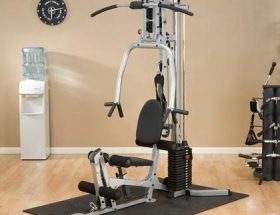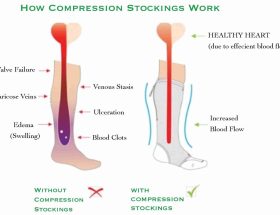Resistance bands have become increasingly popular in the fitness industry due to their versatility and convenience. They are portable, affordable, and can provide an effective full-body workout. There are various types of resistance bands available in the market, each with its own unique properties and benefits. In this article, we will compare different types of resistance bands and discuss their suitability for different exercises and fitness goals.
1. Loop Bands
Loop bands, also known as mini bands or hip bands, are small, continuous loops made of latex or fabric. These bands are ideal for targeting specific muscle groups, particularly the lower body. Loop bands come in different resistance levels to accommodate various fitness levels. They are commonly used for exercises such as squats, glute bridges, lateral walks, and more.
2. Tube Bands
Tube bands consist of a rubber tube with handles on both ends. They offer a wide range of resistance levels, making them suitable for both beginners and advanced fitness enthusiasts. Tube bands allow for a greater variety of exercises as they can be attached to anchor points, such as a door or a pole. They are commonly used for exercises such as bicep curls, tricep extensions, chest presses, and more.
3. Figure 8 Bands
Figure 8 bands are shaped like the number eight and have handles on both ends. These bands provide a continuous resistance throughout the movement, making them ideal for targeting multiple muscle groups simultaneously. Figure 8 bands are commonly used for exercises such as shoulder raises, lateral raises, front squats, and more. They are particularly effective in improving upper body strength and enhancing overall stability.
4. Flat Bands
Flat bands, also known as therapy bands or therapy loops, are long and flat with no handles. They are often used for physical therapy and rehabilitation purposes but can also be incorporated into fitness routines. Flat bands come in different resistance levels and can be used to target various muscle groups. They are commonly used for exercises such as leg lifts, arm extensions, lateral leg raises, and more.
5. Benefits of Resistance Bands
Regardless of the specific type, resistance bands offer numerous benefits for individuals of all fitness levels. Some of the key advantages include:
Portability: Resistance bands are lightweight and compact, making them easy to carry and use anywhere.
Versatility: With a single resistance band, you can perform a wide range of exercises targeting different muscle groups.
Progressive Resistance: Resistance bands allow for progressive overload by increasing the resistance as you get stronger.
Joint-Friendly: Unlike free weights, resistance bands provide a controlled and low-impact form of resistance, reducing the risk of injury.
Affordability: Resistance bands are cost-effective compared to other types of exercise equipment.
Conclusion
When it comes to selecting the right resistance band, it’s important to consider your fitness goals, exercise preferences, and individual needs. Loop bands are great for targeting specific muscle groups, while tube bands offer greater exercise variety. Figure 8 bands are excellent for upper body strength, and flat bands are versatile for both fitness routines and physical therapy. Regardless of the type chosen, resistance bands provide an affordable and efficient way to strengthen and tone the body while enjoying the benefits of a portable and versatile fitness tool.







